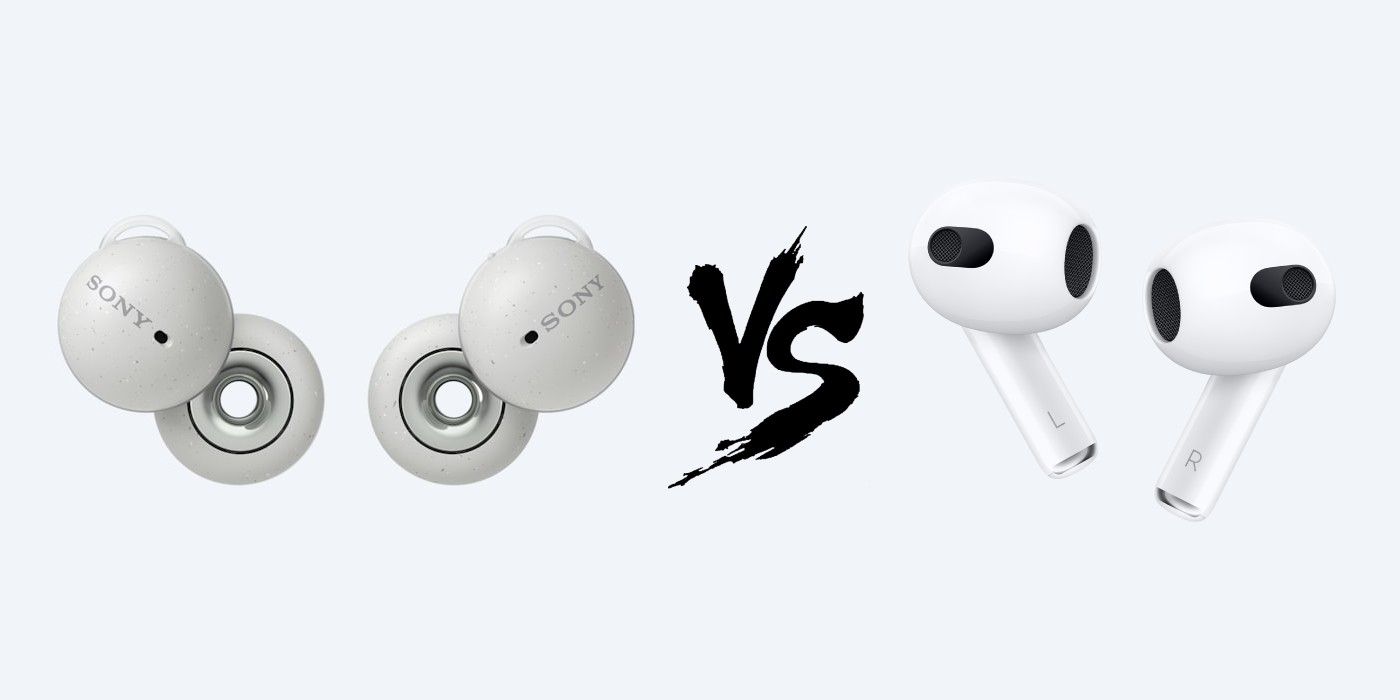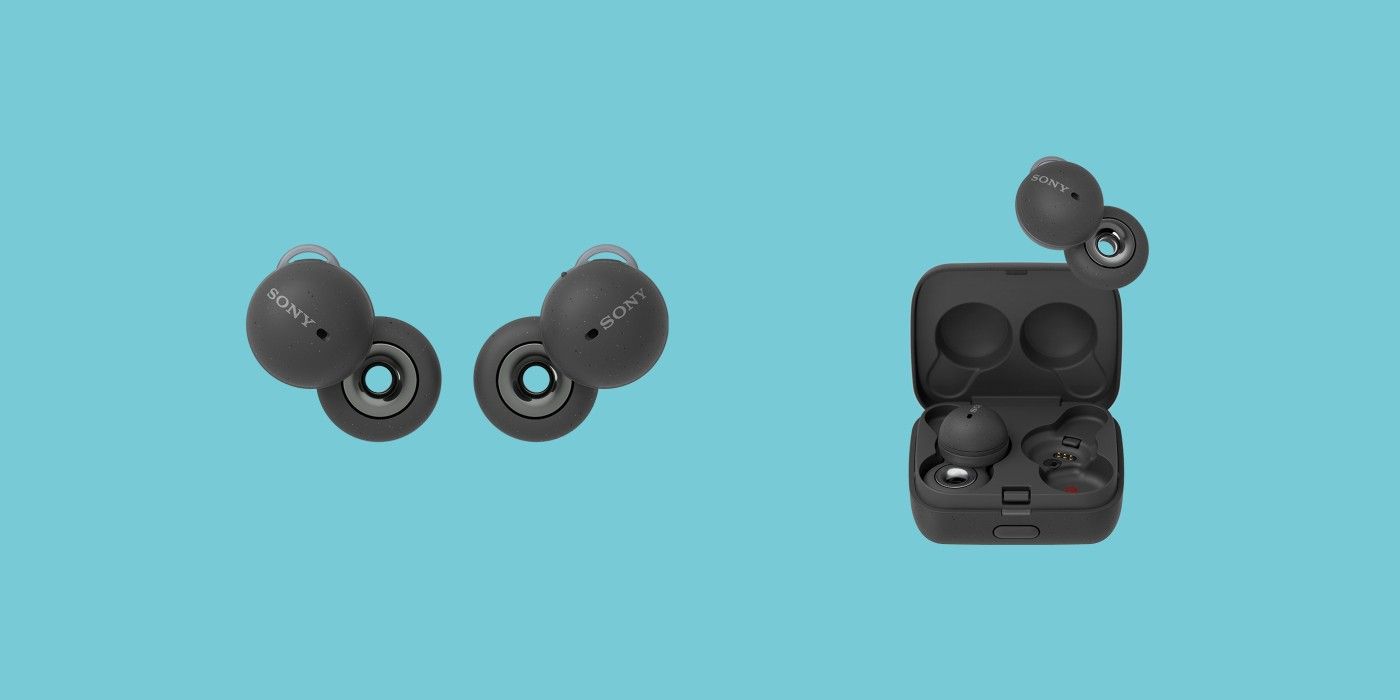Sony's latest earbuds are the LinkBuds, and they are unlike any currently available on the market. Sony makes a number of personal audio solutions including the WF-1000XM4 earbuds, which are one of the best earbuds to buy and especially in regards to active noise cancellation (ANC). In terms of the newer LinkBuds, the unusual design and interesting features may appeal to some buyers, but the earbuds face stiff competition from several brands and products, including Apple's AirPods (3rd generation) that sell for the same price.
Earbuds come in different shapes, sizes, and colors. However, there are some that clearly stand out from the rest. Microsoft's Surface Earbuds are one such example, and the bean-shaped Samsung Galaxy Buds Live are another. The LinkBuds also fall under the category of earbuds with an unconventional style, and thankfully, Sony has replaced its complex naming scheme with one that's simpler and easier to remember.
Both the LinkBuds and AirPods (3rd generation) are priced at $179, but they are starkly different, and these differences will help to determine which are the right earbuds for a buyer. For starters, even though they both employ an open design, they do so in different ways. Sony has gone for an open ring design that makes one-half look like a donut. In contrast, AirPods have the familiar stem design. The two earbuds have an IPX4 rating against sweat and splashes, but the LinkBuds are slightly lighter at 4.1 grams per bud compared to each 4.28-gram AirPod. Sony offers its earbuds in white and gray colorways while the AirPods are available in only white.
Should You Buy LinkBuds Or AirPods?
The AirPods support Spatial Audio for surround sound, and feature an Adaptive EQ that detects what the user is listening to and adjusts the low and mid-range frequencies to deliver the best listening experience. There is also support for instant pairing with Apple devices and seamless switching between multiple devices tied to the same iCloud account. There's also Find My support, allowing owners to find missing earbuds, and support for the Siri voice assistant as well. The AirPods 3's battery is rated to last six hours, and this increases to 30 hours with the charging case. Speaking of which, the case supports wireless charging, MagSafe charging, and also wired charging via a Lightning connector.
The Sony LinkBuds come with support for 360 Reality Audio, which is similar to Apple's Spatial Audio. There is also support for Google Fast Pair and Find My Device on Android devices, while Windows 10 and 11 PCs can take advantage of an easy pairing mode called Swift Pair. Sony has added support for Google Assistant and Amazon Alexa. Like the AirPods 3, however, the LinkBuds miss out on active noise cancellation, although they do come with Adaptive Volume Control which automatically adjusts the volume depending on the user's environment. While AirPods have playback controls built in to the stem, the LinkBuds have a feature called Wide Area Tap that lets users control playback by tapping the area in front of the ear. Another interesting feature is Speak to Chat, which automatically pauses playback when the user begins speaking to someone. The LinkBuds are rated to deliver 5.5 hours of battery life, and this increases to 17.5 hours with the charging case, which has a USB-C port for charging.
Clearly, both earbuds are feature-packed, but a significant number of the features are only available when used with certain devices. For example, Apple products in the case of AirPods, and Android and Windows devices in the case of LinkBuds. This should make the buying decision clear, as the AirPods 3 will better suit those who use an iPhone, iPad, or Mac, while Sony's new LinkBuds are better suited to Android and Windows users.


